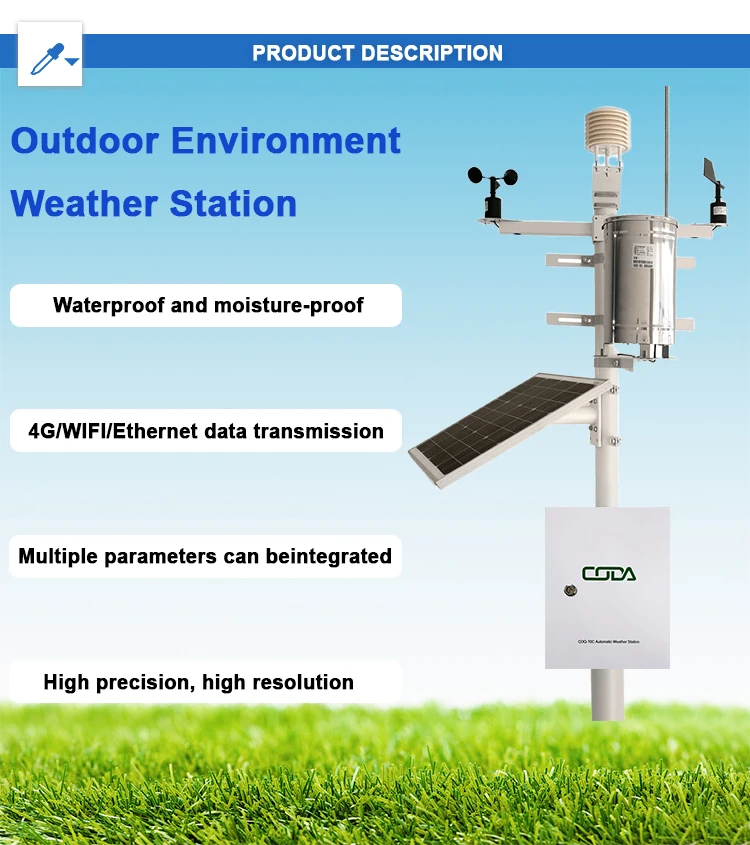Automatic Weather Station: Definition and Functionality

# Automatic Weather Station: Definition and Functionality
## What is an Automatic Weather Station?
An Automatic Weather Station (AWS) is a system designed to automatically collect and transmit meteorological data without the need for constant human intervention. These stations are equipped with various sensors that measure atmospheric conditions such as temperature, humidity, wind speed and direction, precipitation, atmospheric pressure, and solar radiation.
AWS units have become increasingly important in modern meteorology, agriculture, aviation, and environmental monitoring due to their ability to provide continuous, real-time data from remote locations.
## Key Components of an Automatic Weather Station
A typical AWS consists of several essential components:
– Sensors: Specialized instruments that measure specific weather parameters
– Data logger: A device that records and stores measurements from the sensors
– Power supply: Usually solar panels with battery backup for remote operation
– Communication system: Transmits data to central servers via radio, satellite, or cellular networks
– Mounting structure: Supports the equipment and positions sensors at proper heights
## How Automatic Weather Stations Work
The functionality of an AWS follows a systematic process:
1. Sensors continuously monitor environmental conditions
2. Measurements are converted into electrical signals
3. The data logger collects and stores these signals at predetermined intervals
4. The system processes and packages the data for transmission
5. Information is sent to a central database or control center
6. Data becomes available for analysis, forecasting, and research purposes
## Applications of Automatic Weather Stations
Automatic Weather Stations serve numerous important functions:
– Weather forecasting and climate monitoring
– Agricultural planning and irrigation management
– Aviation weather observations
– Hydrological monitoring and flood prediction
– Renewable energy production optimization
– Scientific research and environmental studies
## Advantages of Automatic Weather Stations
AWS technology offers several benefits over traditional manual weather observation:
– Continuous operation (24/7 data collection)
– Reduced human error in measurements
– Ability to operate in remote or hazardous locations
– Real-time data availability
– Cost-effective compared to manned stations
– Standardized data collection methods
As technology advances, Automatic Weather Stations are becoming more sophisticated, with improved accuracy, additional measurement capabilities, and enhanced data transmission methods. These developments continue to expand their applications and importance in various sectors that rely on precise weather information.
Keyword: what is automatic weather station